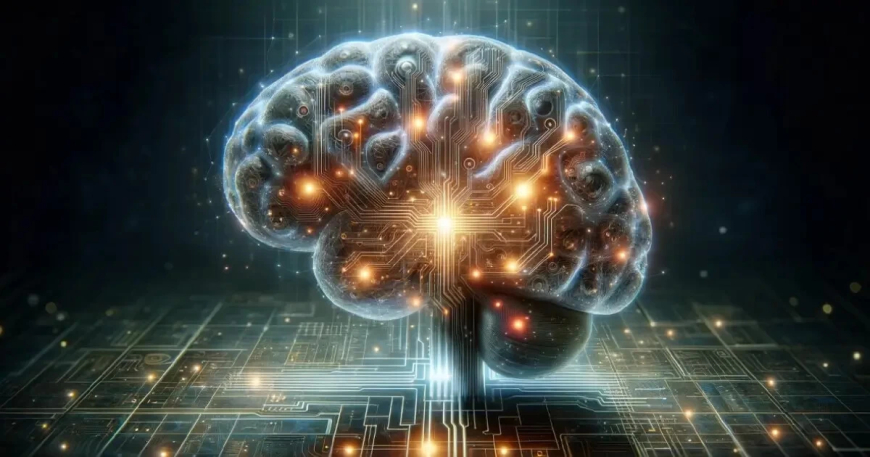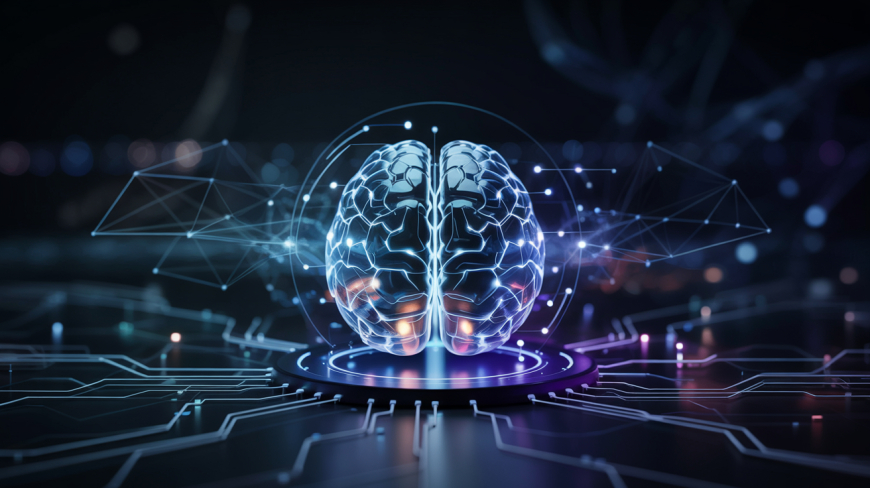Artificial General Intelligence (AGI): The Future of AI and Human-Level Intelligence
What is AGI? Understanding Artificial General Intelligence and Its Future

Understanding Artificial General Intelligence (AGI)
What is Artificial General Intelligence (AGI)? Artificial General Intelligence (AGI) refers to highly autonomous systems that possess the ability to perform any intellectual task that a human can do. Unlike Narrow AI (or Weak AI), which is designed for specific tasks such as image recognition, language translation, or playing chess, AGI has the capability to understand, learn, and apply intelligence across a broad range of tasks and domains.

Key Characteristics of AGI
-
Human-Level Intelligence: AGI exhibits cognitive abilities comparable to those of a human, including reasoning, problem-solving, decision-making, and creativity.
-
Adaptability: Unlike Narrow AI, AGI can learn new concepts and apply knowledge across different domains without requiring task-specific training.
-
Autonomy: AGI systems operate independently, making decisions and adapting to new environments without human intervention.
-
Self-Learning: Through advanced Machine Learning (ML) and Deep Learning techniques, AGI can enhance its knowledge and refine its capabilities over time.
Differences Between AGI and Narrow AI
-
Scope of Tasks: Narrow AI is task-specific (e.g., Chatbots, recommendation systems), while AGI can perform any intellectual task that a human is capable of.
-
Learning Ability: Narrow AI requires training on specific datasets, whereas AGI can generalize learning from one domain to another without predefined instructions.
-
Problem-Solving: Narrow AI follows predefined algorithms, whereas AGI can independently generate solutions for novel and complex problems.
Challenges in Developing AGI Despite rapid advancements in Artificial Intelligence (AI), developing AGI remains an enormous challenge due to several technical and ethical factors:
-
Computational Complexity: Achieving human-like cognition requires immense computational power and efficient algorithms.
-
Understanding Consciousness: Defining and replicating human consciousness in AGI is still a philosophical and scientific dilemma.
-
Ethical Concerns: The development of AGI raises concerns about safety, control, and the potential risks of surpassing human intelligence (also known as the AI Singularity).
-
Alignment with Human Values: Ensuring that AGI aligns with human intentions and ethical considerations is a crucial aspect of its development.
Potential Applications of AGI Once AGI is fully realized, it could revolutionize various industries, including:
-
Healthcare: Advanced medical diagnosis, personalized treatment, and autonomous robotic surgeries.
-
Finance: Intelligent risk analysis, fraud detection, and financial decision-making.
-
Education: Personalized learning experiences and AI-driven tutoring systems.
-
Scientific Research: Solving complex scientific problems, including climate modeling and space exploration.
-
Automation: Fully autonomous robots that can perform diverse tasks in manufacturing, logistics, and customer service.

The Future of AGI The development of AGI is an ongoing pursuit, with tech giants and AI research institutions investing heavily in its progress. While we are still in the era of Narrow AI, advancements in Neural Networks, Reinforcement Learning, and Cognitive Computing bring us closer to achieving AGI. However, careful consideration of ethical implications and safety measures is necessary to ensure AGI benefits humanity.
Conclusion Artificial General Intelligence represents the next major milestone in AI evolution, offering limitless possibilities but also significant challenges. As research continues, ensuring that AGI development is responsible and aligned with human values will be essential for its safe integration into society.


 admin
admin 





